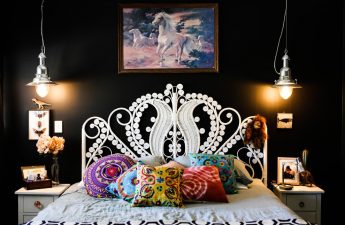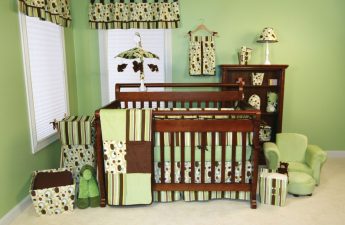Glamorous home - what is it? What does the casual elegance of a star interior consist of? The main signs, phenomena and advice for those who want to give their apartment a bit of secular gloss
Either a sweet forbidden fruit or a symbolprestigious extravagance. The nature of "glamour" is as dual as its origin. It was Walter Scott who first brought it into fashion, borrowing the idea from the ancient Scots, to denote a special kind of magic capable of transforming people and their homes into improved versions of themselves. A tempting idea, no matter how much you say that you need to be, not seem. The time when "Russian glamour" defended its right to inaccessible luxury with the sparkle of Swarovski crystals and the ringing of a gold Rolex is long gone. The aristocratic lifestyle, the glitter of classic Hollywood in the era of Greta Garbo and Grace Kelly, the grand parties of the Great Gatsby, black jazz and collectible art objects... The set of elements personifying luxury is becoming more complex, subtle and diverse.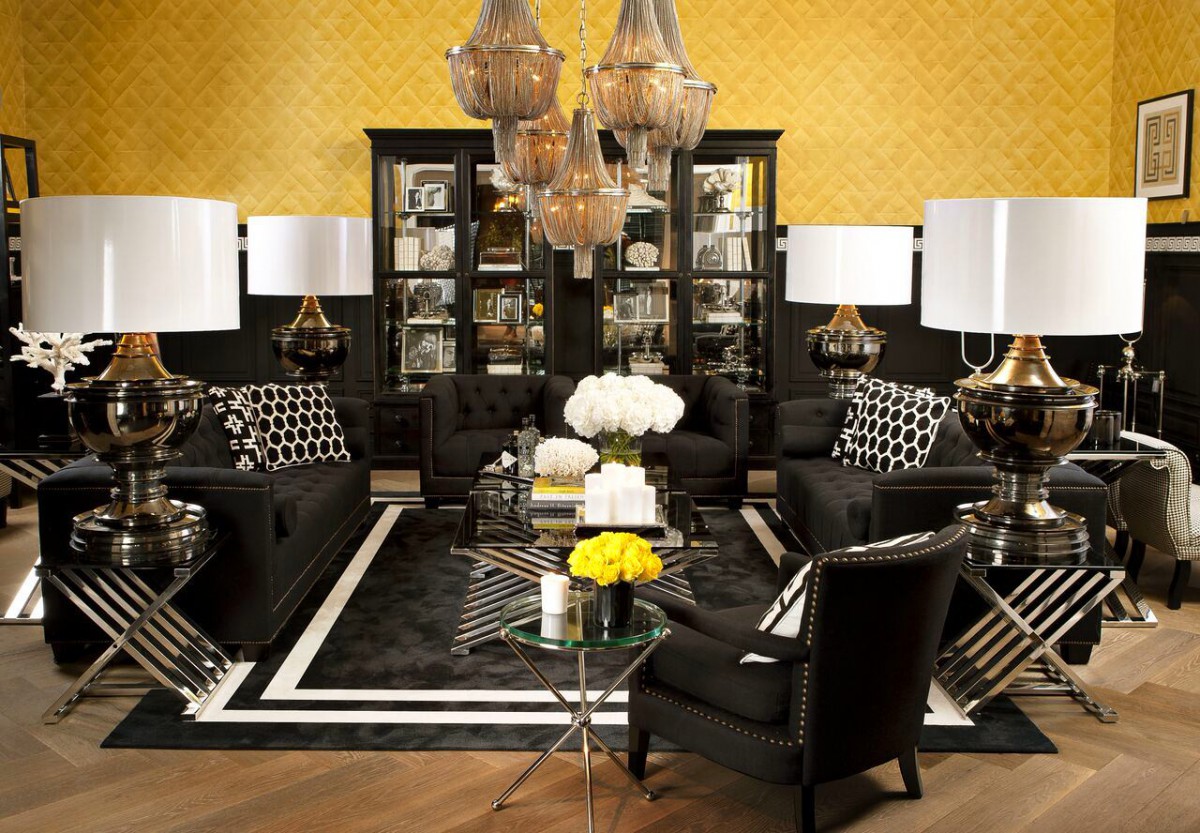
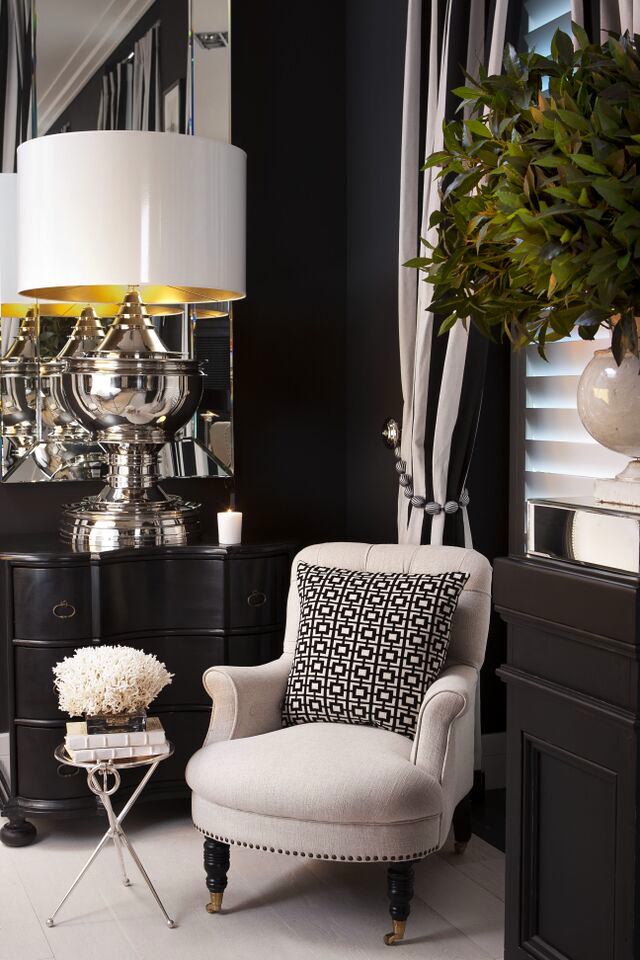
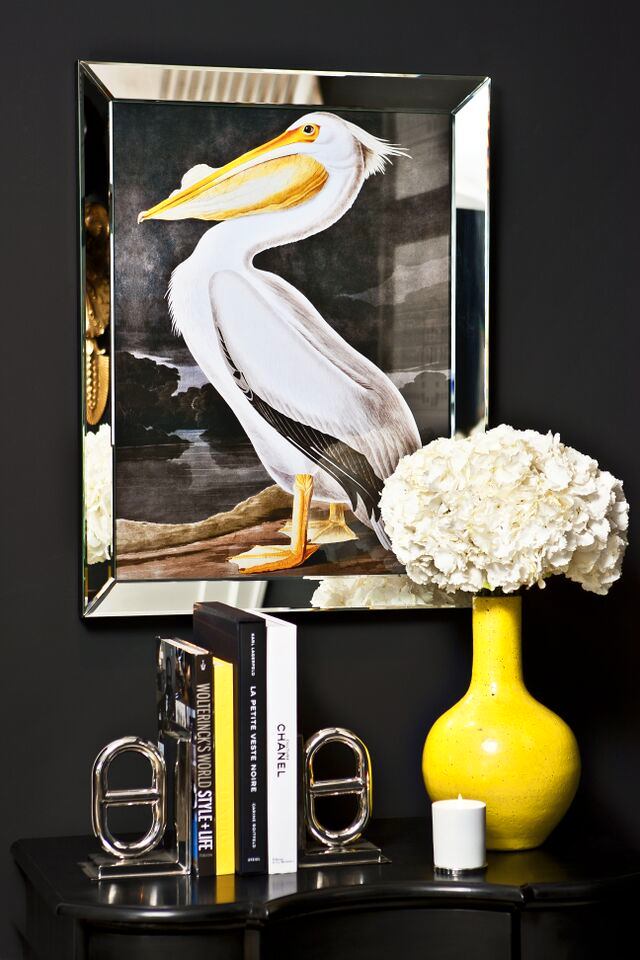 Anna Kozlova, Eichholtz: - Glamour is back.More and more people are interested in furniture and decor that can give their homes this shade, and manufacturers are happy to meet them halfway. New items appear with us every week — new models are constantly being released. And any of them can be said to be created for a glamorous interior. It is not necessary to immediately maintain all the rooms in this style. You can start with a few iconic items: an ottoman, a glass table with chrome legs, a crystal chandelier or industrial lamps. It all depends on what kind of space you want to bring a secular note to. Well, we can help you choose an item that will fit into this environment. Eichholtz is at the peak of fashion and testifies to the good taste of its owner. eichholtz.com
Anna Kozlova, Eichholtz: - Glamour is back.More and more people are interested in furniture and decor that can give their homes this shade, and manufacturers are happy to meet them halfway. New items appear with us every week — new models are constantly being released. And any of them can be said to be created for a glamorous interior. It is not necessary to immediately maintain all the rooms in this style. You can start with a few iconic items: an ottoman, a glass table with chrome legs, a crystal chandelier or industrial lamps. It all depends on what kind of space you want to bring a secular note to. Well, we can help you choose an item that will fit into this environment. Eichholtz is at the peak of fashion and testifies to the good taste of its owner. eichholtz.com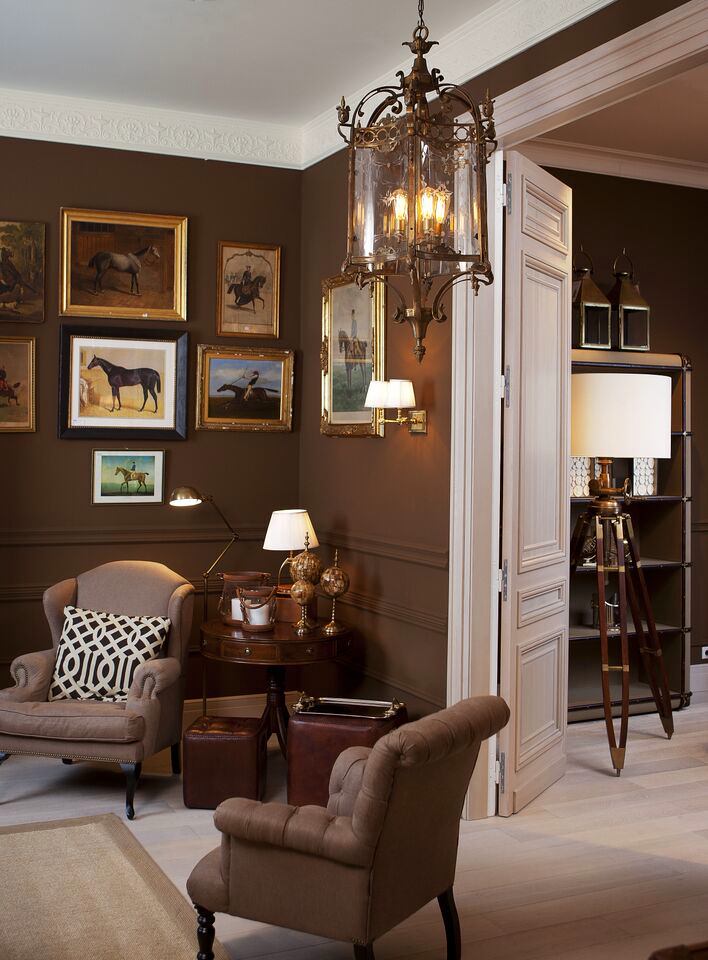
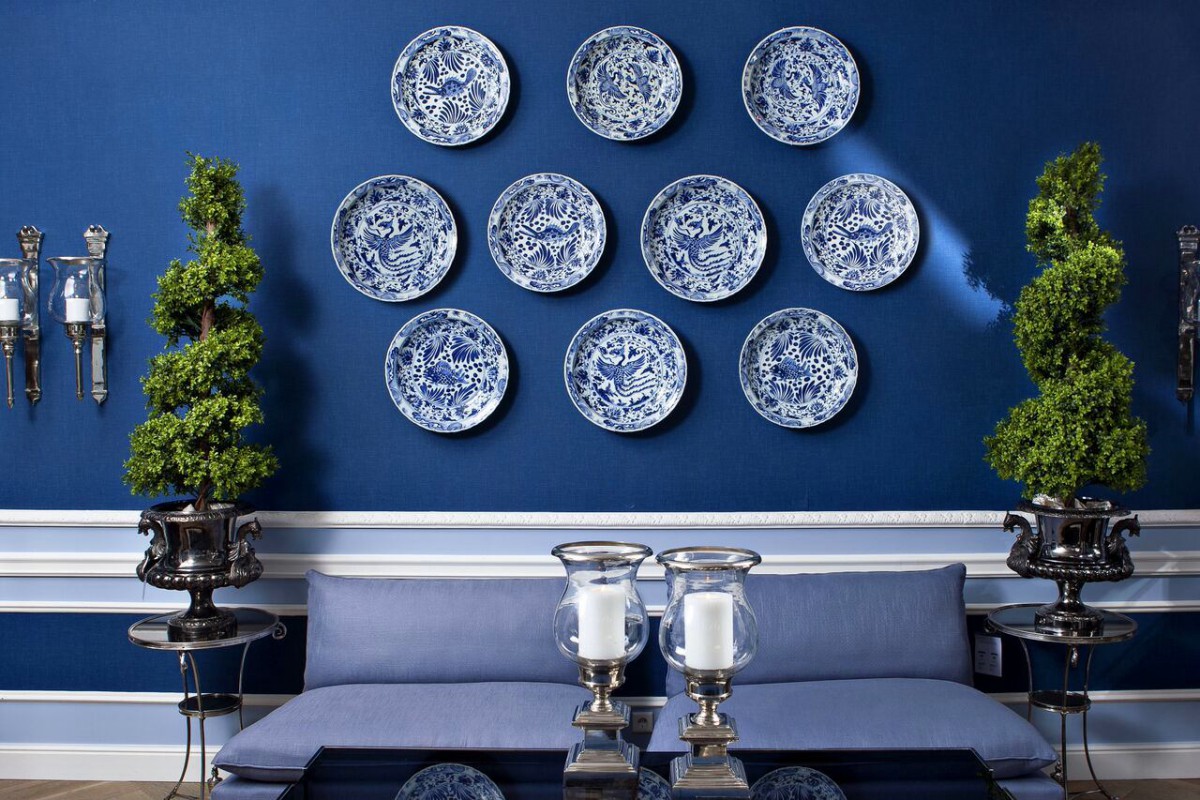
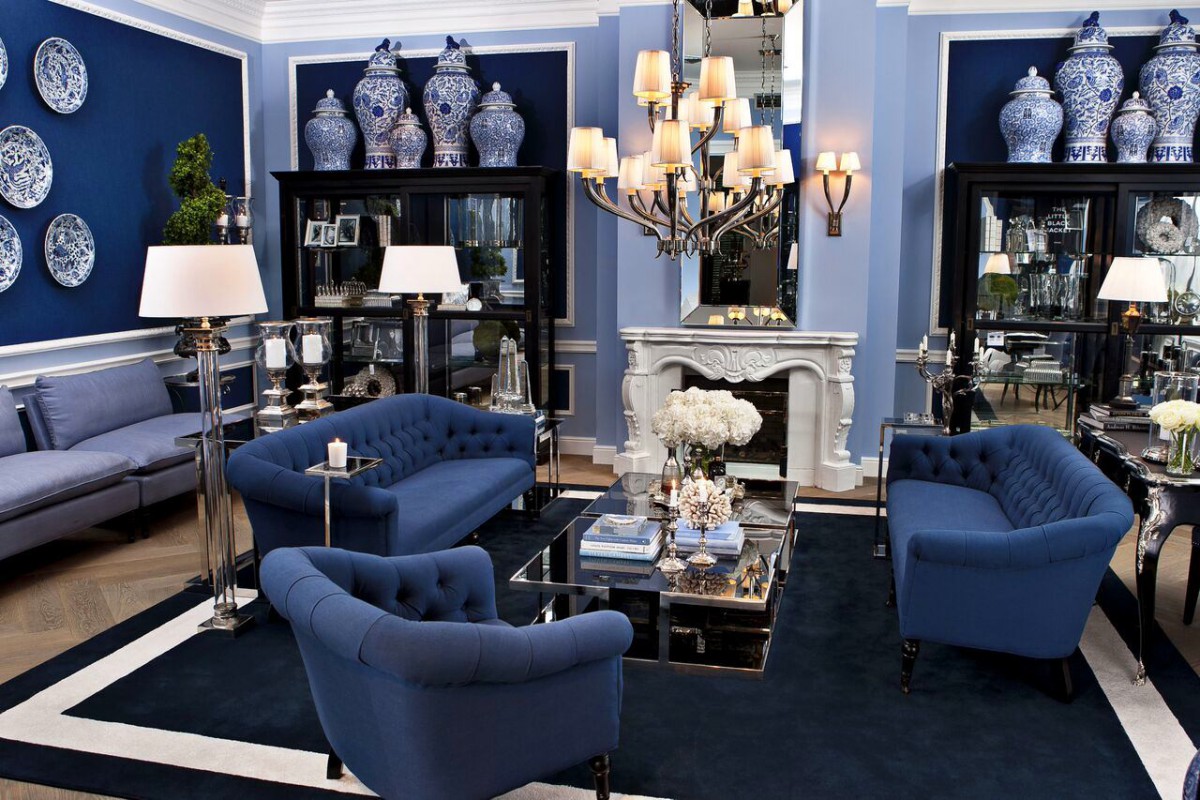
Creating an illusion about yourself with the help of demonstrativeluxury, recognizable brands and extraordinary presentation. As an aesthetic phenomenon, glamour is, first of all, a brilliant spectacular spectacle, a celebration of decorator miracles. Who are these people who want to add , despite the risk of being accused of excessive extravagance to their interiors? Olga Stupenko, architect: - Today, the glamour of the past, when every square meter was decorated with elegant accessories against the background of "fatal" rich walls, is not relevant. Now this old fashion has been replaced by a stylish, shabby, casual background. And against the background of this slight negligence, sometimes brutality or even industrialism, it is very appropriate to put iconic design objects, hang heavy crystal chandeliers, place fashionable furniture. For me, a sign of gloss is the presence of art objects, artifacts mixed with expensive surfaces of leather, metal and stone. Candlesticks and candles, expensive exquisite tableware. olgastupenko.com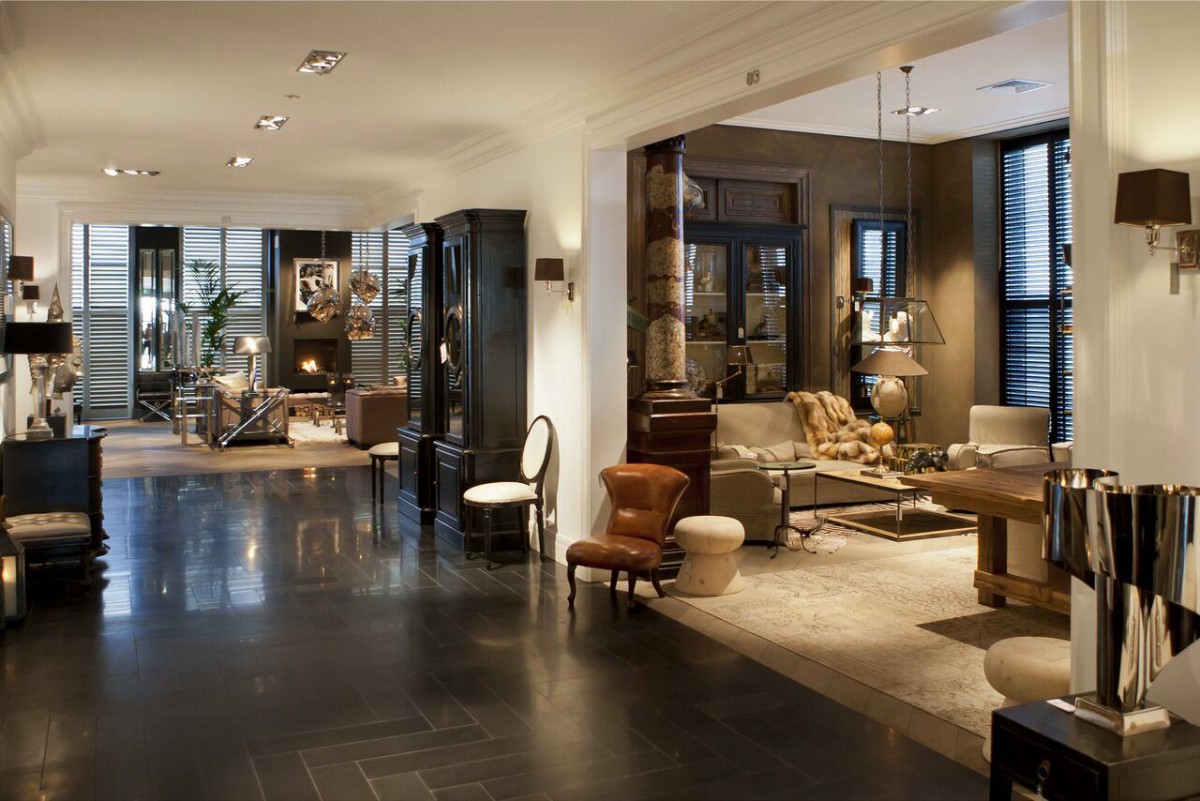

 Amalia Talfeld, architect:— More and more often, people who have lived in high-tech and other strict styles strive for secularism and whimsicality in their interiors. We had one client who came to glamor from minimalism. We were very surprised and thought — what is this in essence? A reflection of our ideas about the lives of the rich and famous. And they can live as they please. Any non-strict style can be given a glamorous touch with the help of expensive, shiny, luxurious elements. The closest are Art Nouveau and Art Deco, neoclassicism. Restrained but contrasting colors. Complex lighting. High-quality textiles. The richness of tactile sensations is very important — a mixture of expensive textures: a combination of silk, velvet, leather, suede and fur. Parquet and marble. Rectangular prints and graphic patterns. Painting and graphics from the 20s and 30s to contemporary art. Loft, industrial details. Metal surfaces of complex and unusual processing: chrome, rough, blackened, stainless steel. Elevator doors, pseudo-factory lamps - memories of Manhattan of the 30s. Animal skins, furs, African masks and sculptures - colonial flair, a hint of the heyday of the British Empire, French overseas possessions and South Africa of the Dutch settlers. 3a-design.ru
Amalia Talfeld, architect:— More and more often, people who have lived in high-tech and other strict styles strive for secularism and whimsicality in their interiors. We had one client who came to glamor from minimalism. We were very surprised and thought — what is this in essence? A reflection of our ideas about the lives of the rich and famous. And they can live as they please. Any non-strict style can be given a glamorous touch with the help of expensive, shiny, luxurious elements. The closest are Art Nouveau and Art Deco, neoclassicism. Restrained but contrasting colors. Complex lighting. High-quality textiles. The richness of tactile sensations is very important — a mixture of expensive textures: a combination of silk, velvet, leather, suede and fur. Parquet and marble. Rectangular prints and graphic patterns. Painting and graphics from the 20s and 30s to contemporary art. Loft, industrial details. Metal surfaces of complex and unusual processing: chrome, rough, blackened, stainless steel. Elevator doors, pseudo-factory lamps - memories of Manhattan of the 30s. Animal skins, furs, African masks and sculptures - colonial flair, a hint of the heyday of the British Empire, French overseas possessions and South Africa of the Dutch settlers. 3a-design.ru
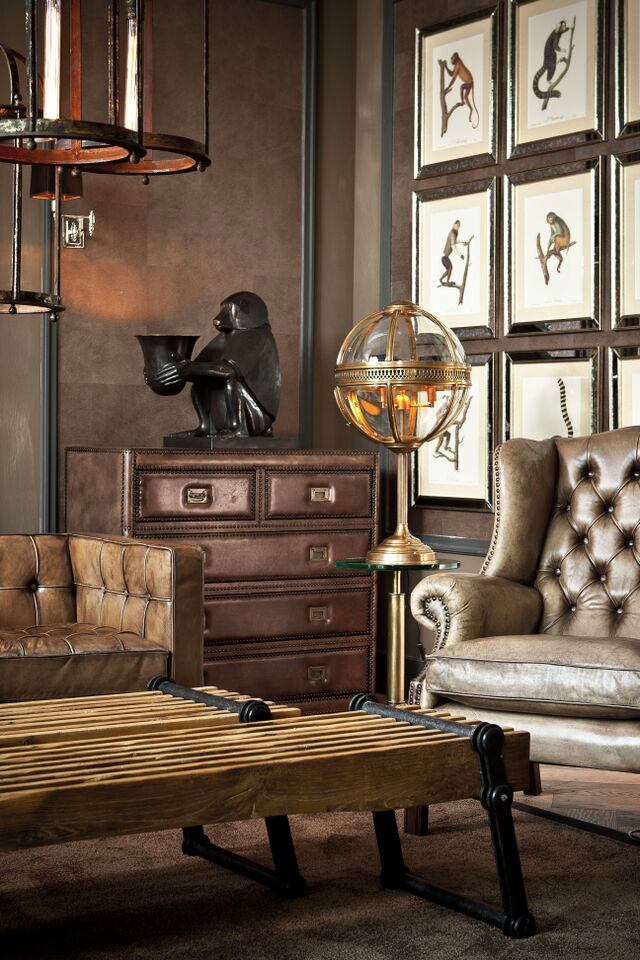
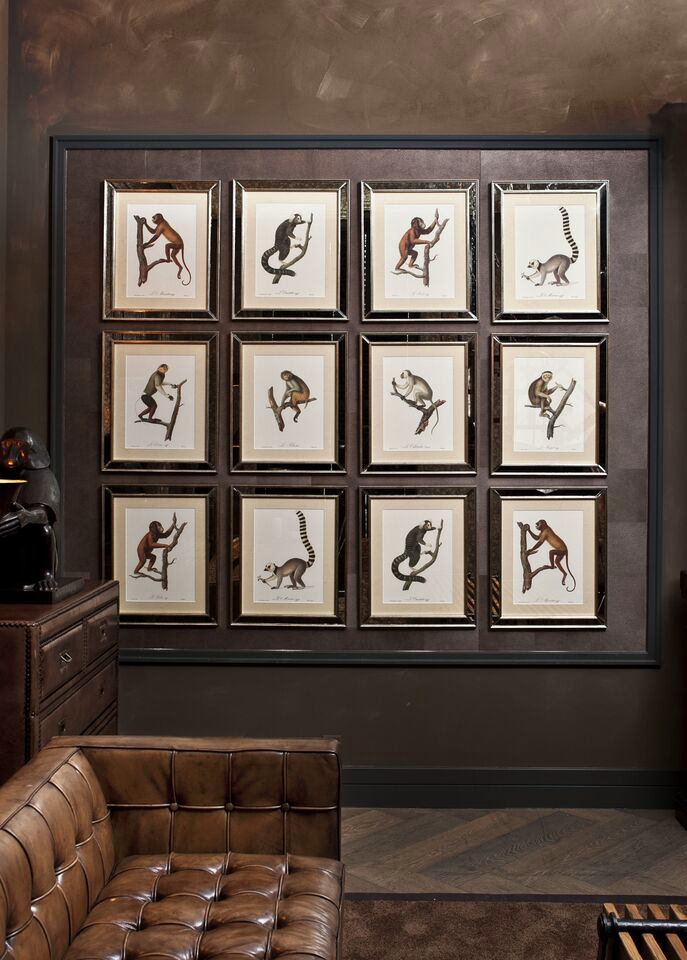
From classics - luxury and reputation, from art deco -whimsicality and modernity, from eclecticism - freedom, from kitsch - expressiveness and irony. Playing a fairy tale cannot be serious until the end, and there must be room for eccentricity in the character of a star. Hence the immodest size of the bed of non-standard shapes, upholstery of unexpected colors, metallic bright shades, doll pink and red, skulls with rhinestones and collections of crucifixes. Fashionable and successful people know how to smile at themselves and their surroundings.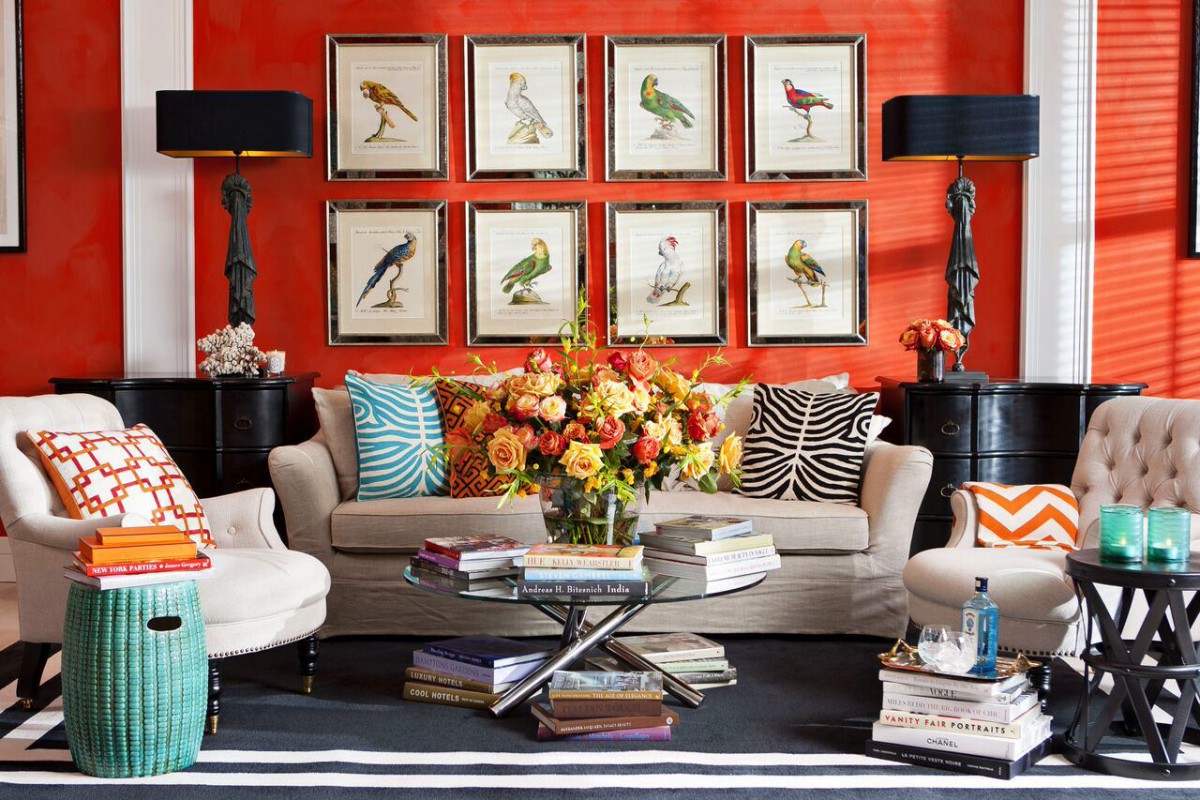
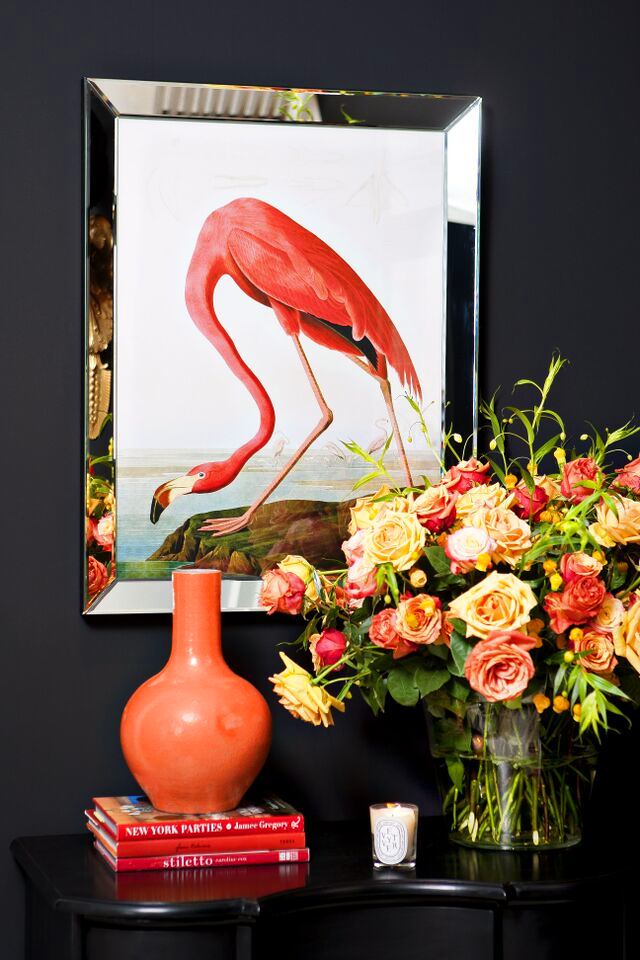

An integral element of the "star" mythology isgloss. Glass tabletops and mirrors, lacquered furniture, marble and gilded tiles, glossy ceilings are responsible for the shine. Crystal chandeliers and massive chandeliers, metal fittings, vases and porcelain are responsible for the shimmer.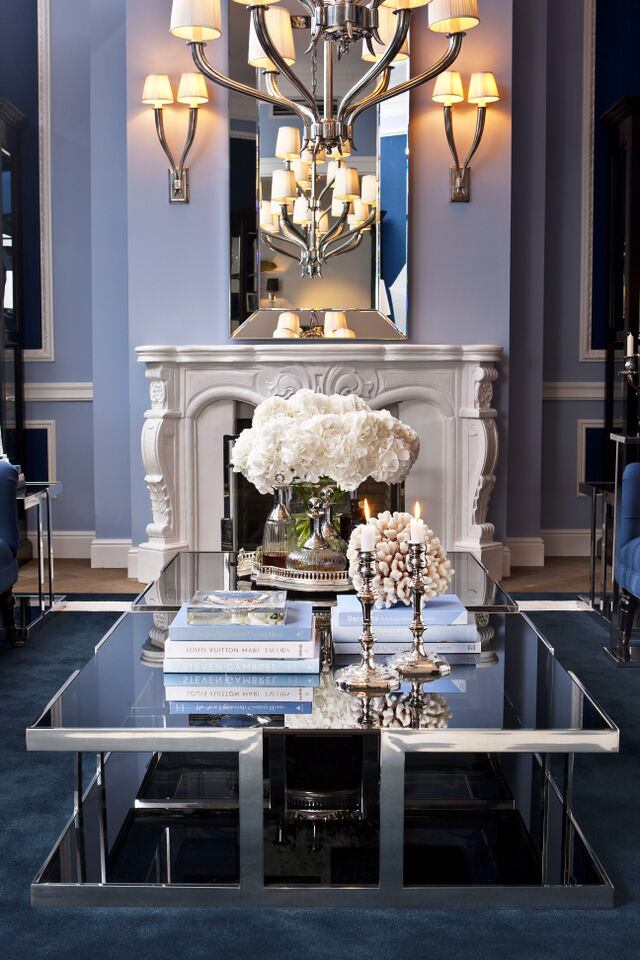
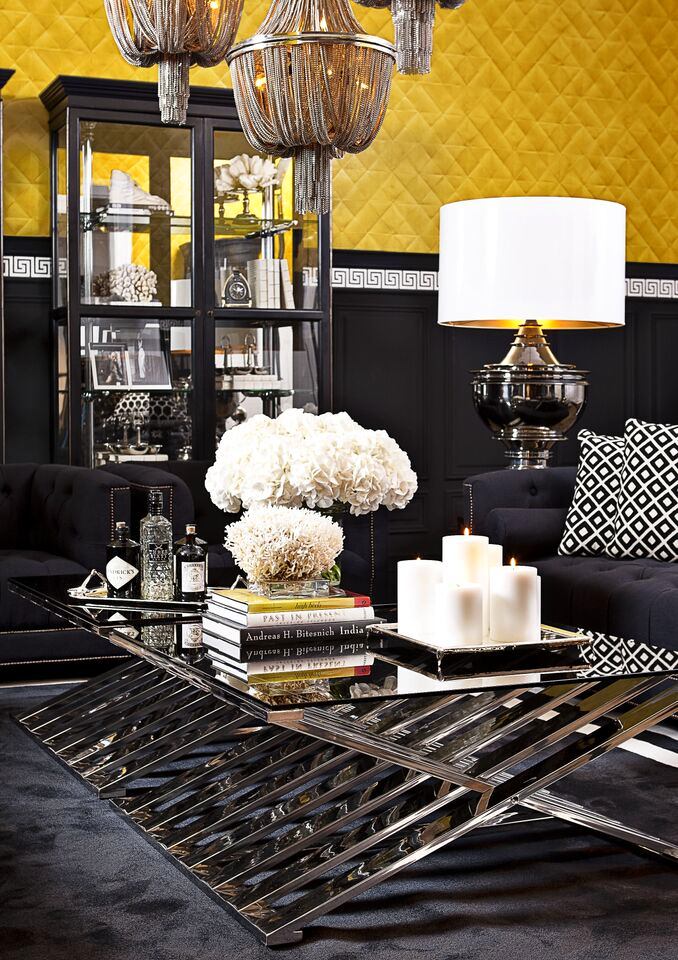
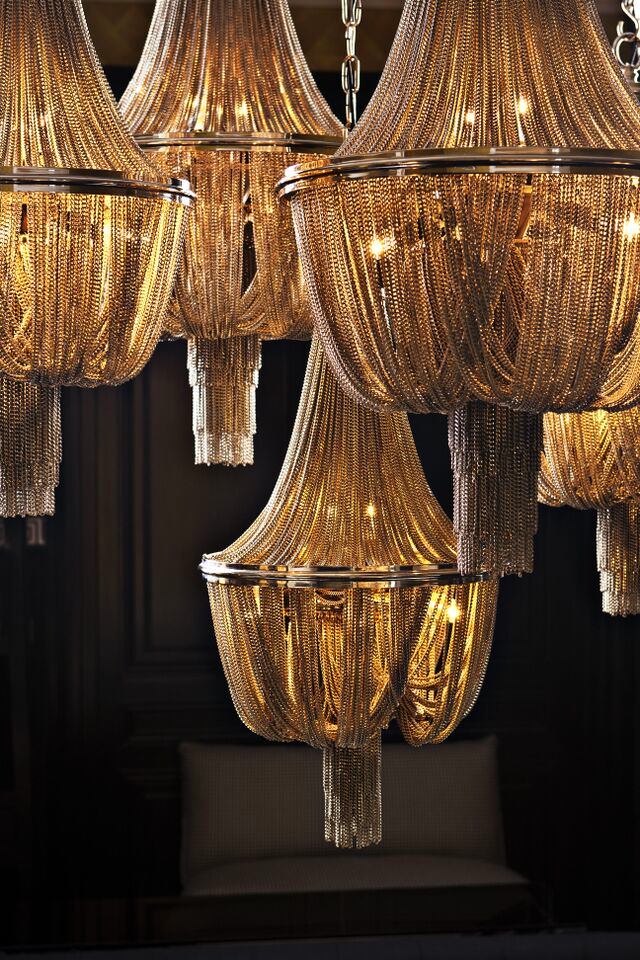

A world of dreams, creative freedom and artisticexpressiveness can look very fresh and attractive. Today, when public passions for glamour as a social phenomenon have subsided, nothing prevents us from reading it anew as a stylistic phenomenon in our own interior. The main thing is not to lose the sense of proportion, without which burlesque turns into vulgarity, extravagance into bad taste, and a gilded carriage into an ordinary garden pumpkin.
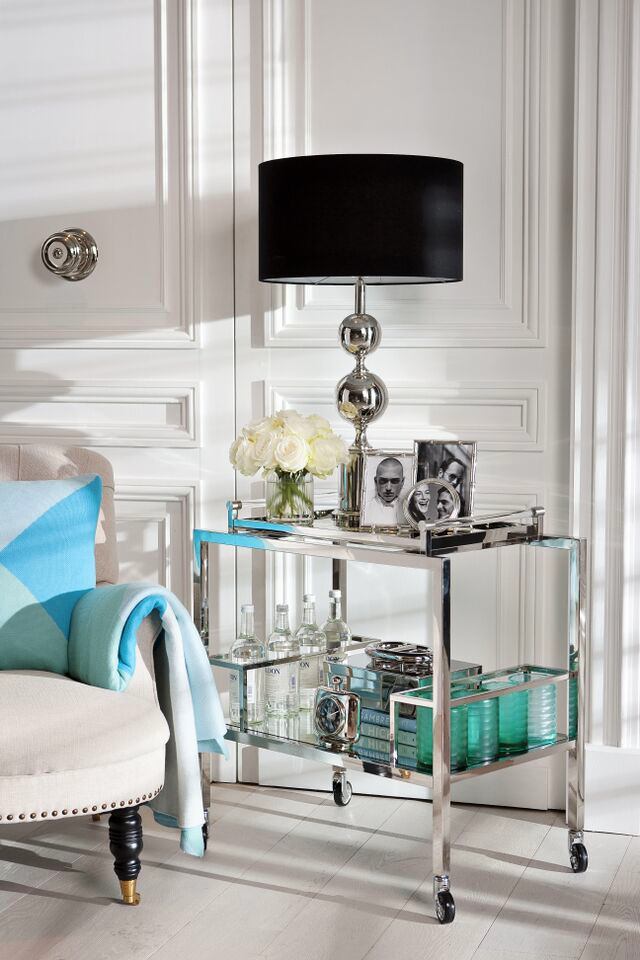
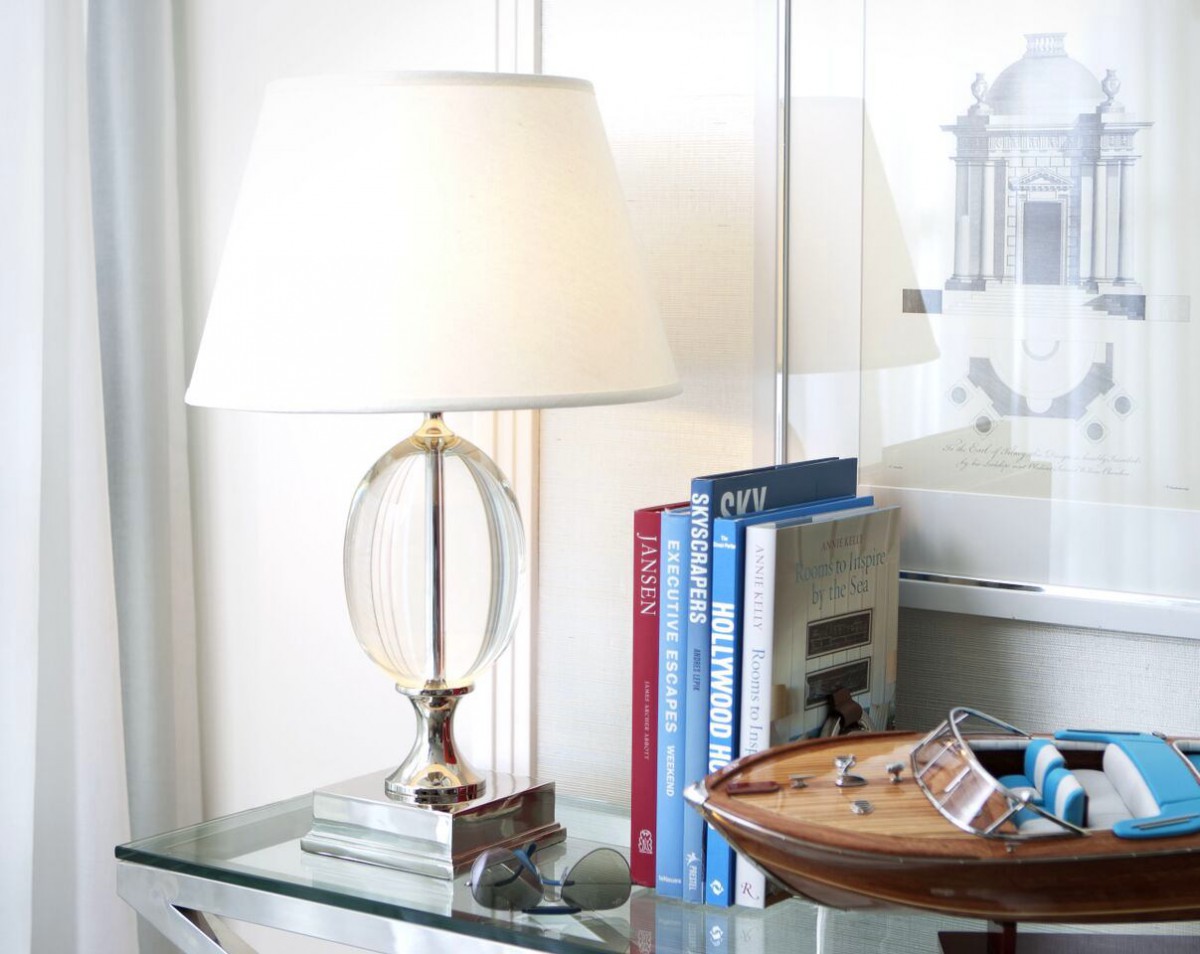

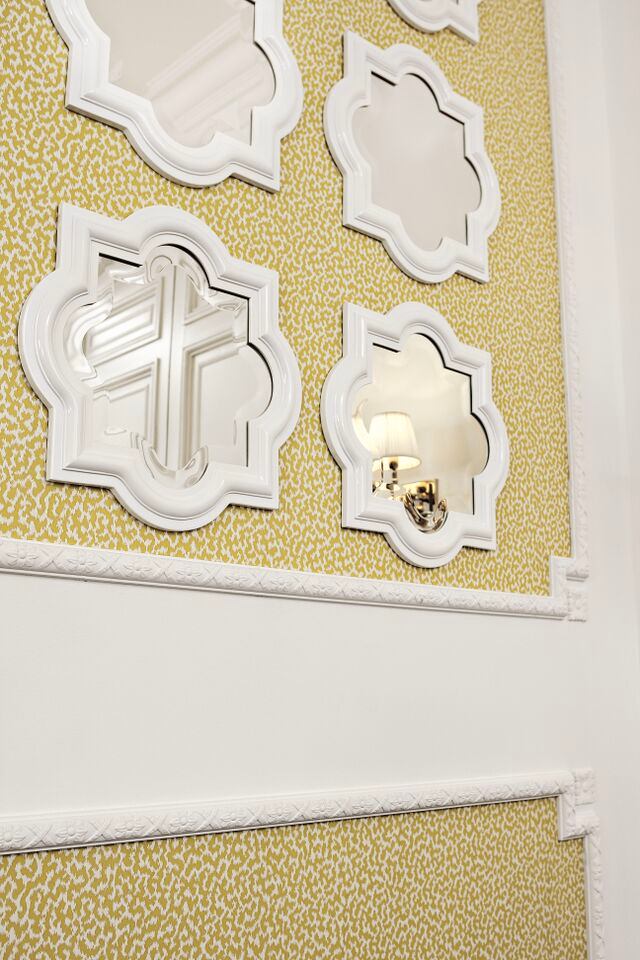
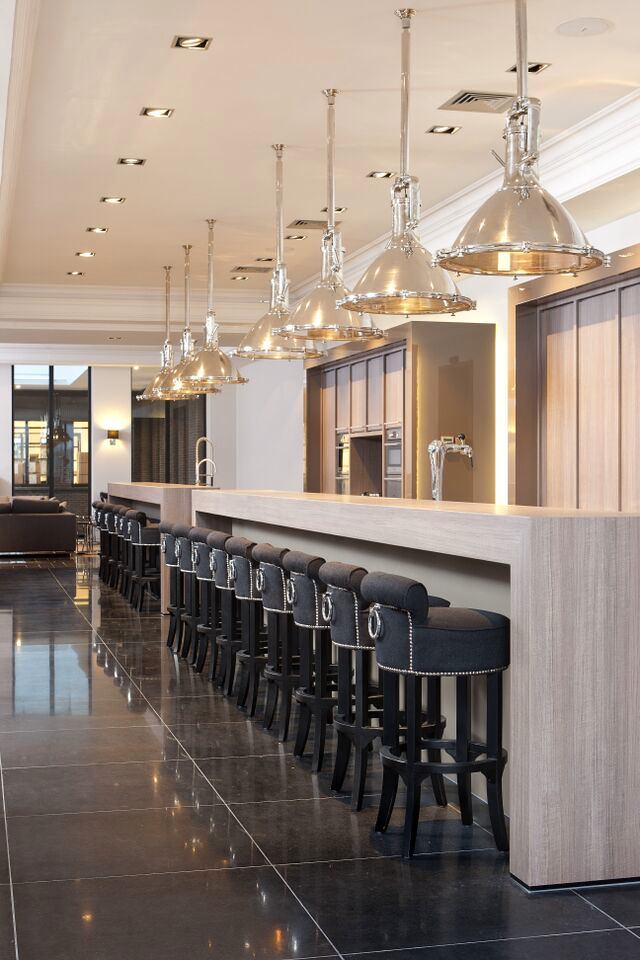 eichholtz.com
eichholtz.com
